Appearance Of Undercooked Chicken
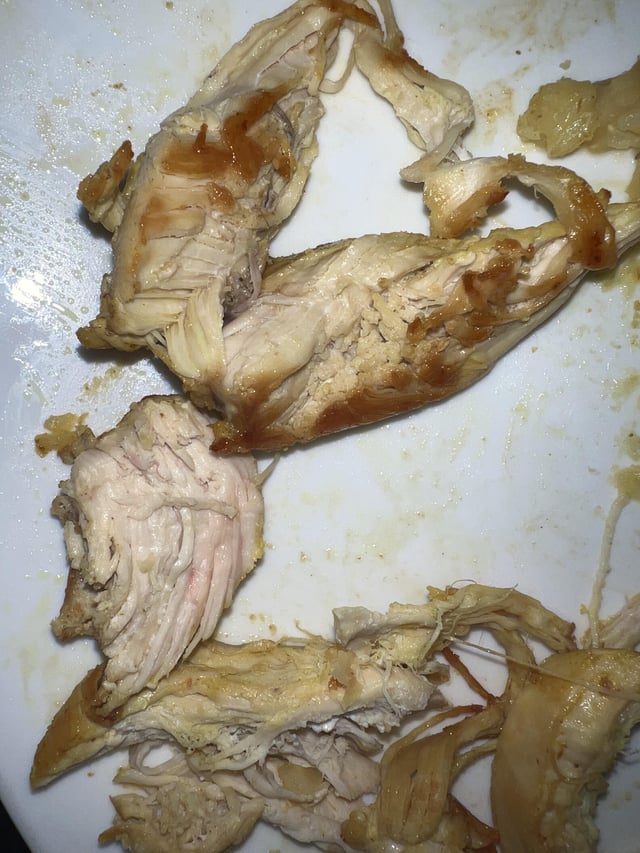
Undercooked chicken can be identified by its appearance. Raw chicken typically has a pink or beige color and a shiny, wet look. When chicken is undercooked, it may still have a pinkish hue on the surface and the inner flesh may appear translucent and raw. The chicken may also be slightly slimy to the touch. These visual signs indicate that the chicken is not thoroughly cooked and consuming it in this state can pose health risks. It is important to ensure that chicken is cooked until it reaches a safe internal temperature to avoid any potential foodborne illnesses.
Appearance Of Raw Chicken
Raw chicken typically has a pink or beige color and a shiny, wet look. The flesh of raw chicken can appear smooth and moist. The color can vary slightly depending on the type of chicken, but it should not have any pinkish hues. Raw chicken may also have some visible fat or skin attached. These visual indicators can help distinguish raw chicken from cooked chicken. It is important to note that raw chicken may also feel slightly slimy to the touch, which is a result of its moisture content.
Identifying Visual Signs Of Undercooked Chicken
When it comes to identifying visual signs of undercooked chicken, there are a few key indicators to look out for. One of the most obvious signs is the appearance of pink or reddish hues in the flesh, indicating that the chicken has not been cooked thoroughly. Additionally, undercooked chicken may have a shiny, wet look and a slightly slimy texture. It is important to note that raw chicken should always be handled carefully and cooked to a safe internal temperature to avoid any potential health risks.
Texture And Color Of Undercooked Chicken
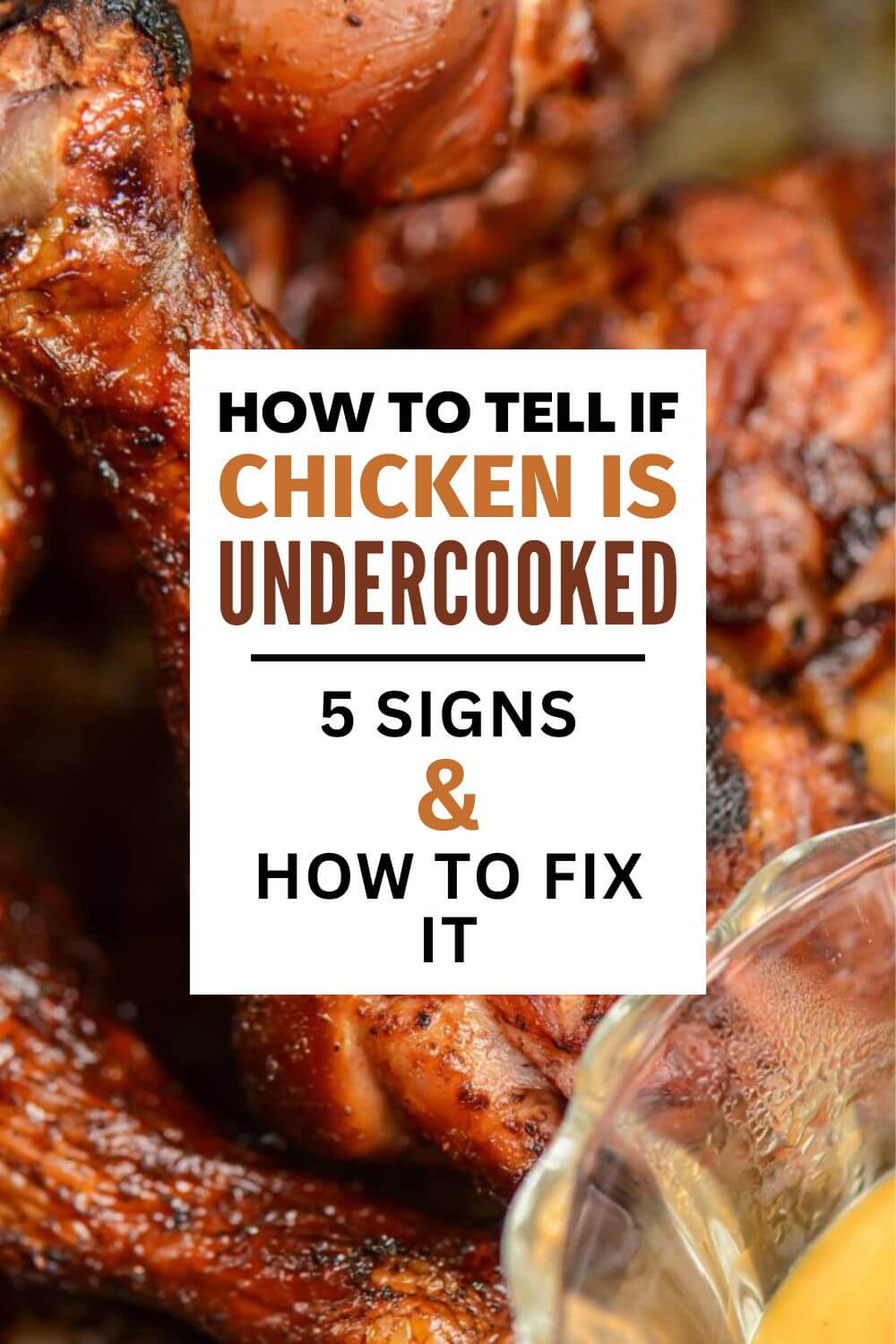
Undercooked chicken can exhibit distinct texture and color characteristics. When chicken is raw or undercooked, it tends to have a rubbery texture and a slimy consistency. The meat may feel soft and mushy, rather than firm and tender. In terms of color, undercooked chicken may appear pink or have reddish hues, indicating that it has not been cooked thoroughly. It is important to ensure that chicken is cooked to a safe internal temperature to avoid health risks associated with consuming undercooked poultry.
Texture Changes In Raw Chicken
Raw chicken undergoes noticeable texture changes compared to cooked chicken. When chicken is raw, it often feels soft and mushy to the touch. The meat may have a slimy consistency, making it less firm and tender. These texture differences are due to the presence of moisture and the protein structure of uncooked chicken. It is essential to cook chicken thoroughly to ensure a safe and enjoyable eating experience. The texture change is a clear indicator of rawness and should be avoided to prevent potential health risks associated with undercooked poultry.
Color Indicators Of Undercooked Chicken
Undercooked chicken can be identified by its color. When chicken is cooked properly, it should have a white or light pink color, indicating that the meat is fully cooked and safe to eat. However, undercooked chicken may appear raw or have a pinkish hue. The presence of pink or red juices is also a clear indication of undercooked chicken. It is important to ensure that chicken reaches an internal temperature of 165°F (74°C) to kill any harmful bacteria and ensure its safety for consumption.
Smell And Odor Of Undercooked Chicken
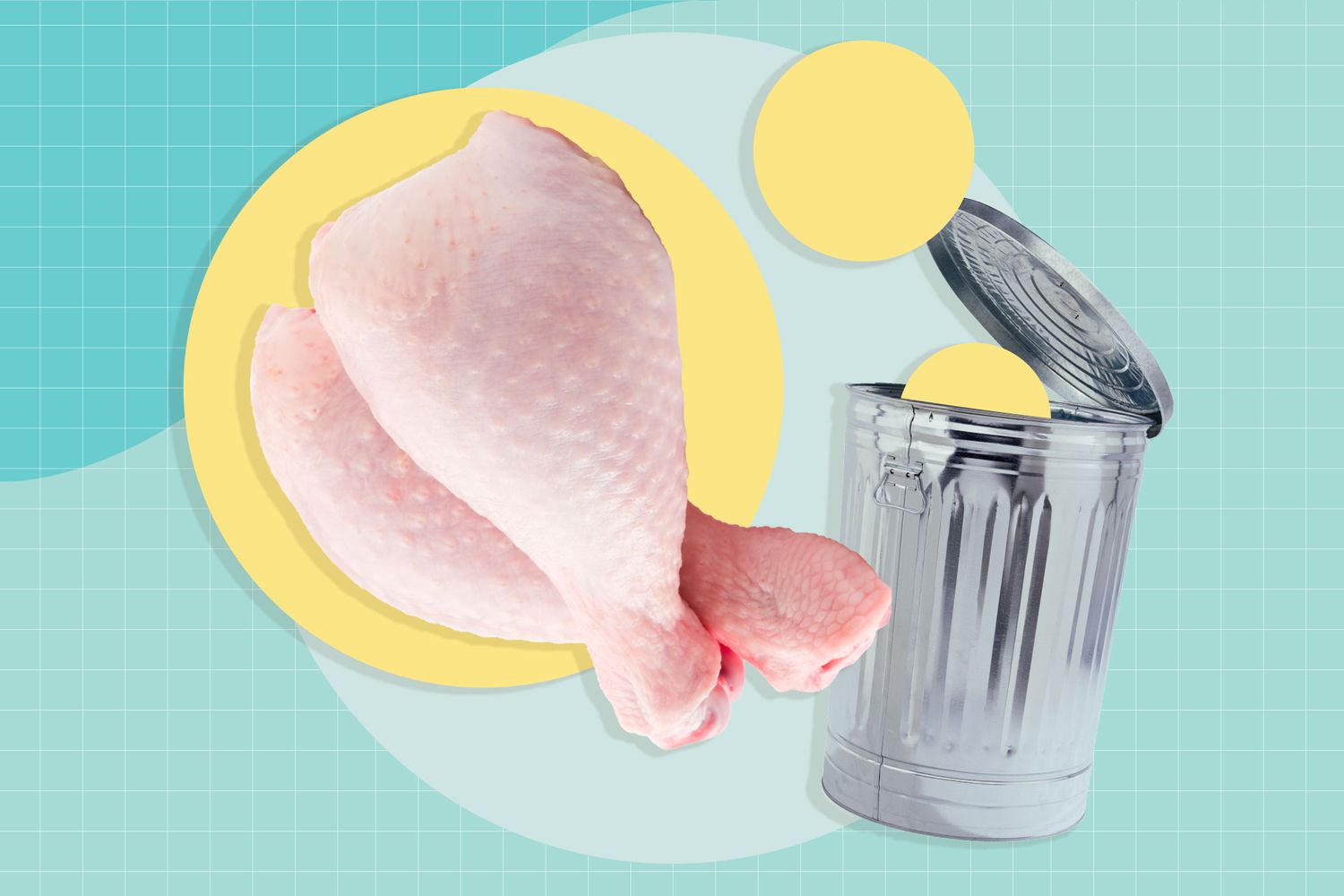
A fresh, raw chicken typically has little to no scent. However, when chicken is undercooked or spoiled, it can emit a foul odor that is reminiscent of rotten eggs or sulfur. This unpleasant smell is a clear sign that the chicken is no longer safe to consume. It is important to trust your sense of smell when determining the freshness of chicken. If you detect a strong and unpleasant odor, it is best to discard the chicken to avoid the potential health risks associated with consuming undercooked or spoiled poultry.
Normal Scent Of Raw Chicken
A fresh, raw chicken typically has little to no scent. When chicken is properly stored and handled, it should not emit any strong or unpleasant odors. The absence of any foul smells is a good indicator of the chicken’s freshness. However, it is important to note that a slight smell similar to raw meat may be present due to the natural proteins and enzymes present in poultry. This mild scent is normal and should not be cause for concern. Trusting your sense of smell is crucial in detecting any abnormal or off-putting odors that may indicate undercooked or spoiled chicken.
Foul Odor And Signs Of Undercooked Chicken
Foul odor is a clear indication of undercooked chicken. If the chicken emits a strong, unpleasant smell, it is likely that it has not been cooked thoroughly. The odor can be described as sour, rancid, or rotten. In addition to the smell, there are other signs to look out for. Undercooked chicken may appear pink or translucent in the center, with raw or slimy patches. The texture can also be rubbery or chewy. It is crucial to avoid consuming chicken with these characteristics as it poses a risk of foodborne illnesses.
Safety And Health Risks
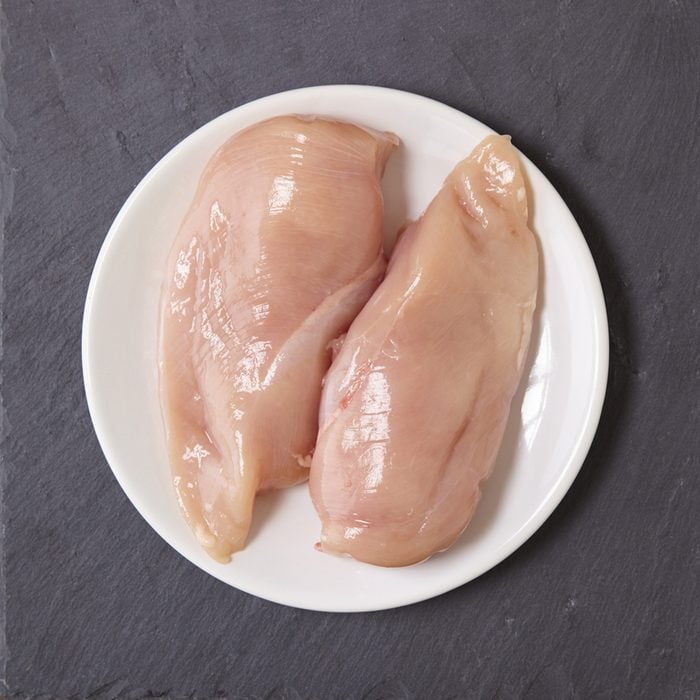
Consuming undercooked chicken can lead to several safety and health risks. Raw chicken may contain harmful bacteria such as Salmonella and Campylobacter, which can cause foodborne illnesses. These infections can lead to symptoms such as nausea, vomiting, diarrhea, abdominal pain, and fever. In severe cases, they can even result in hospitalization. Additionally, undercooked chicken can also increase the risk of contracting other foodborne pathogens like E. coli. Therefore, it is crucial to ensure chicken is cooked thoroughly to minimize the chances of foodborne illnesses and protect one’s health.
Dangers Of Consuming Undercooked Chicken
Consuming undercooked chicken poses significant dangers to one’s health. Raw or undercooked chicken may contain harmful bacteria such as Salmonella and Campylobacter. These bacteria can cause foodborne illnesses, leading to symptoms like nausea, vomiting, diarrhea, abdominal pain, and fever. In severe cases, hospitalization may be required. Additionally, undercooked chicken can also increase the risk of contracting other foodborne pathogens like E. coli. Therefore, it is crucial to ensure chicken is cooked thoroughly to minimize the chances of foodborne illnesses and protect one’s health.
Health Risks Associated With Eating Raw Chicken
Consuming raw or undercooked chicken can pose significant health risks. Raw chicken often contains harmful bacteria such as Salmonella and Campylobacter, which can cause foodborne illnesses. These bacteria can lead to symptoms like nausea, vomiting, diarrhea, abdominal pain, and fever. In severe cases, hospitalization may be required. Additionally, eating raw chicken increases the risk of contracting other foodborne pathogens like E. coli. Therefore, it is crucial to ensure chicken is thoroughly cooked to minimize the chances of foodborne illnesses and protect one’s health.
Prevention And Cooking Tips
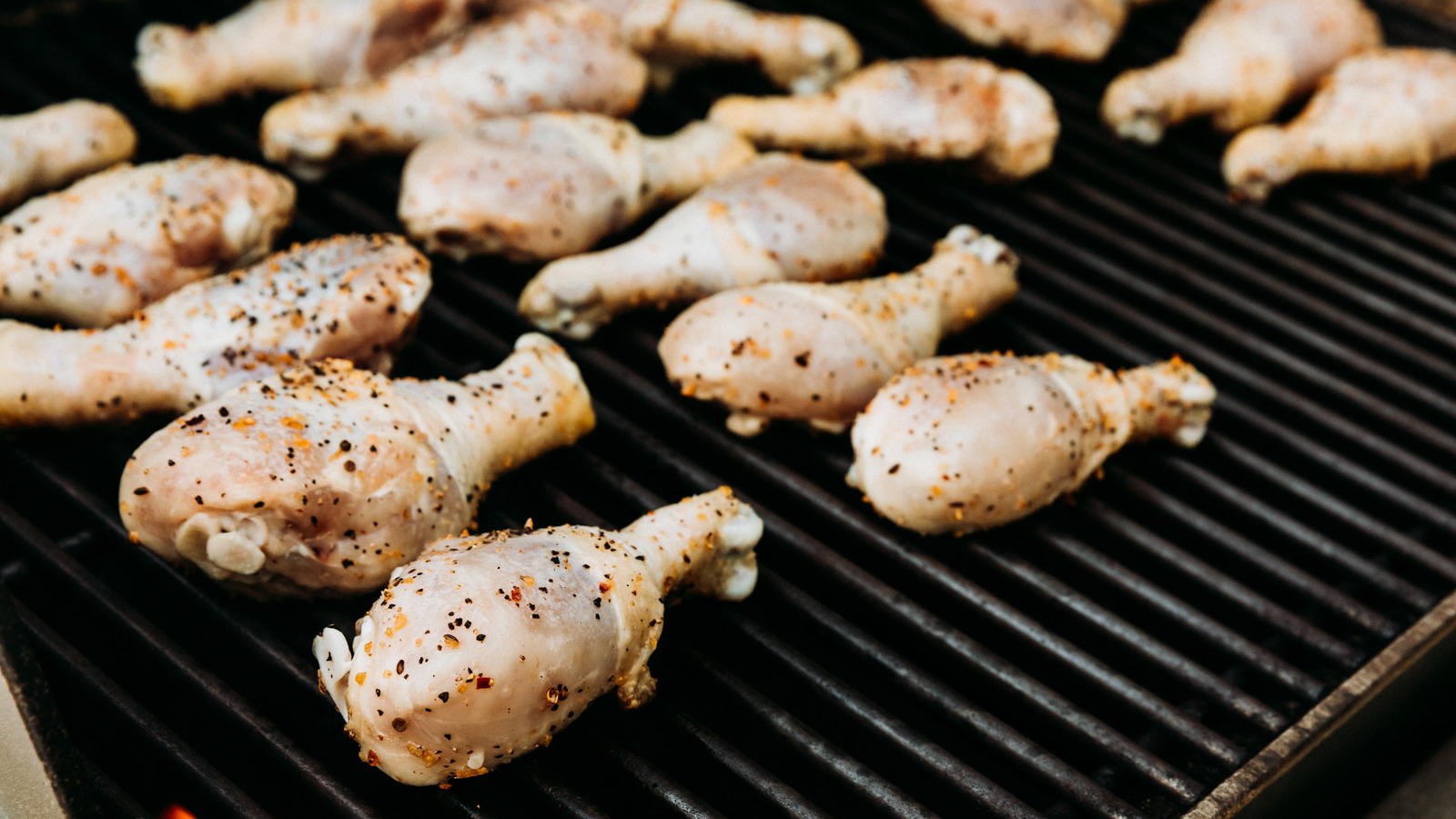
To prevent undercooked chicken and ensure food safety, it is important to follow these cooking tips. First, always cook chicken to the proper internal temperature. Use a meat thermometer to check that the thickest part of the chicken reaches a minimum temperature of 165°F (74°C). Secondly, avoid cross-contamination by separating raw chicken from other foods, and thoroughly clean any surfaces or utensils that come into contact with raw chicken. Lastly, do not rely solely on visual cues like color or texture; use a thermometer to confirm doneness. By following these precautions, you can reduce the risk of consuming undercooked chicken and protect yourself and others from foodborne illnesses.
Safe Cooking Temperatures For Chicken
Safe cooking temperatures for chicken are essential to ensure that it is cooked thoroughly and safe to consume. The USDA recommends cooking chicken to an internal temperature of at least 165°F (74°C). This temperature is required to kill any harmful bacteria that may be present in the chicken, such as Salmonella or Campylobacter. Using a meat thermometer is the most accurate way to determine the internal temperature of the chicken. Insert the thermometer into the thickest part of the chicken without touching the bone. By cooking chicken to the recommended temperature, you can reduce the risk of consuming undercooked chicken and protect yourself and others from foodborne illnesses.
Precautions To Avoid Undercooked Chicken
To avoid undercooked chicken, it is important to take proper precautions during preparation and cooking. Here are some key steps to follow:
- Thaw chicken properly: Thaw frozen chicken in the refrigerator, never at room temperature, to ensure even and thorough thawing.
- Use a meat thermometer: Invest in a reliable meat thermometer to accurately measure the internal temperature of the chicken. This will help ensure that it reaches the safe cooking temperature of 165°F (74°C).
- Avoid cross-contamination: Prevent the spread of bacteria by using separate cutting boards and utensils for raw chicken and other foods. Clean and sanitize all surfaces and utensils that come into contact with raw chicken.
- Cook chicken thoroughly: Cook chicken until it reaches the recommended internal temperature of 165°F (74°C). Avoid relying solely on visual cues for doneness.
- Resting time: Allow cooked chicken to rest for a few minutes after removing it from heat. This allows the juices to redistribute and ensures a more evenly cooked chicken.
By following these precautions, you can minimize the risk of cooking undercooked chicken and ensure the safety of your meals.
Conclusion
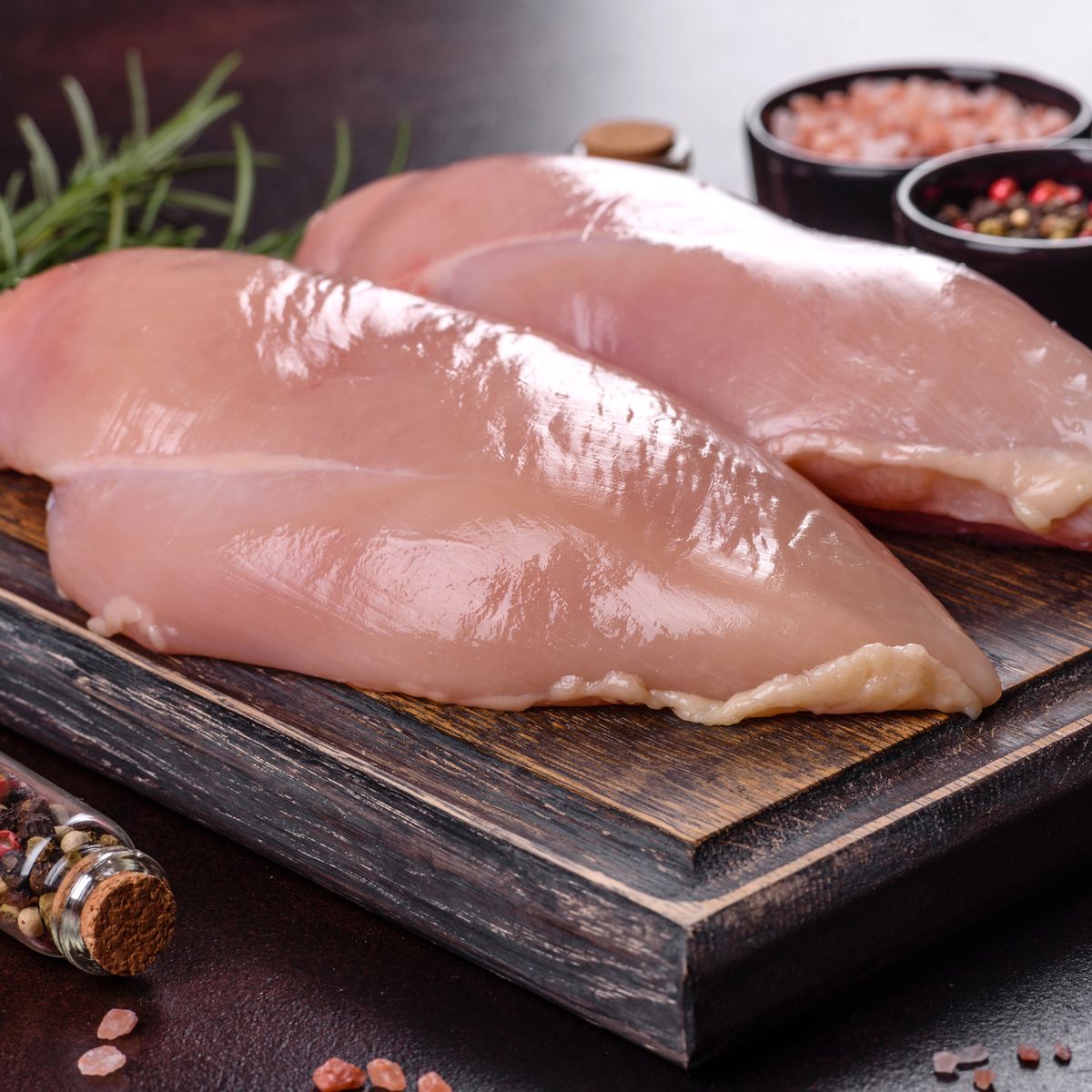
In conclusion, being able to identify the signs of undercooked chicken is crucial for ensuring food safety. Appearance, texture, color, and odor are key indicators to look out for. Consuming undercooked chicken can pose serious health risks, including the risk of foodborne illnesses. It is important to cook chicken thoroughly to an internal temperature of 165°F (74°C) and to follow proper food safety practices. By following these precautions, individuals can minimize the risk of undercooked chicken and protect their health.
Summary Of Identifying Signs Of Raw Chicken
Identifying signs of raw chicken is essential for ensuring food safety. Raw chicken has a pinkish color and a slimy texture. It may also have a slightly sweet or mild odor. However, undercooked chicken can have a pale pink or translucent appearance, a rubbery texture, and a foul smell. Consuming undercooked chicken can pose serious health risks, such as foodborne illnesses. Therefore, it is crucial to cook chicken thoroughly to an internal temperature of 165°F and follow proper food safety practices to protect one’s health.
Importance Of Proper Cooking Techniques And Food Safety Practices
Proper cooking techniques and food safety practices are essential to ensure that chicken is cooked thoroughly and safe to eat. Cooking chicken to the correct internal temperature of 165°F helps to eliminate harmful bacteria and reduce the risk of foodborne illnesses. It is important to follow safe handling and storage practices to prevent cross-contamination and preserve the quality of the chicken. By practicing proper cooking techniques and food safety measures, individuals can protect themselves and their loved ones from the potential health risks associated with undercooked chicken.
FAQ About Identifying Signs Of Rawness In Undercooked Chicken
Q: What are the signs that indicate undercooked chicken?
A: Undercooked chicken may appear pinkish or translucent, have a rubbery texture, and release pink or bloody juices when pierced. It may also have a shiny, slimy surface.
Q: Can undercooked chicken make you sick?
A: Yes, consuming undercooked chicken can lead to foodborne illnesses caused by bacteria like Salmonella or Campylobacter.
Q: How can you ensure chicken is fully cooked?
A: Use a meat thermometer to check that the internal temperature of chicken reaches at least 165°F (74°C). The chicken should have no pink meat, and the juices should run clear.
Q: What should one do if they suspect chicken is undercooked?
A: If you suspect chicken is undercooked, avoid consuming it. Cook it further until it reaches the safe internal temperature to kill any harmful bacteria.
Q: What is the safest way to handle raw chicken to avoid undercooking?
A: Thoroughly wash hands, utensils, and surfaces that come into contact with raw chicken. Store and thaw chicken properly, and cook it to the recommended temperature to ensure it is safe to eat.

Stutts House of Barbecue is a haven for BBQ enthusiasts, offering a delectable array of smoked delicacies, including ribs, beef, bologna, and chicken, accompanied by all the trimmings you could ever dream of. Our passion for perfecting the art of smoking meats shines through in every savoury bite. At Stutts House of Barbecue, we take pride in our custom smoking techniques, ensuring that each piece of meat is infused with the perfect blend of smoky flavours. But it doesn’t stop there – our homemade desserts are the cherry on top of a delicious meal, adding a sweet finish to your BBQ experience.